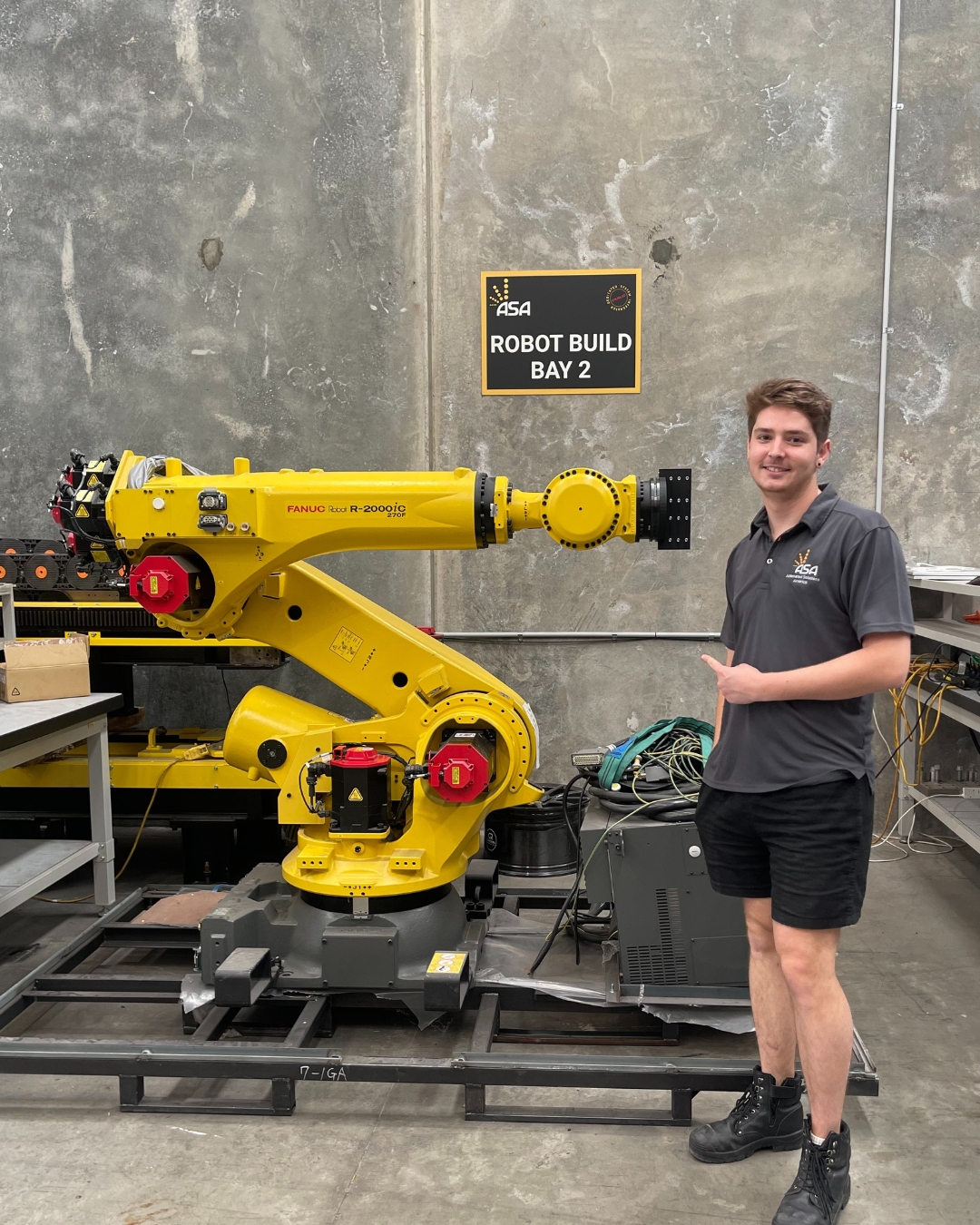Robotic arms, at core of modern production and manufacturing have been transforming the norms in a manner that was previously not possible. They combine the highest level of safety, precision and effectiveness. These amazing machines, commonly called robot arms, are essential in all industries, driven by the urgent need to reduce operating costs while maintaining the highest standards of quality. Integrating robotic arms into production lines allows companies to not just cut costs, but also enhance worker safety and efficiency. Discover how these revolutionary machines have transformed the landscape of industrial production.

Image credit: automatedsolutions.com.au
Cost-effectiveness is the primary driver behind the use of robotic arms across the world. Factory owners are under constant stress to prevent workplace injuries, minimize production errors, and cut down on the amount of waste. Robotic arms tackle these challenges head-on. Robots help avoid costly mistakes, and reduce waste of raw materials, by performing repetitive tasks much more efficiently than humans. Robotic arms are employed in many industries that require large quantities of material for example, the automotive industry, to guarantee the highest quality assembly. This quality of work can result in significant savings, as fewer defective parts mean less work and wasted.
The safety of robotic arms is an essential element. Human workers are in danger in the course of performing a variety of manufacturing tasks, including working with hazardous materials or using large machinery. Utilizing robot arms, companies can remove employees from these hazardous areas, greatly reducing the likelihood of injuries sustained in the workplace. Robotic arms are made up of a variety of movable joints that mimic human arm’s function. They operate without any risk of injuries. These machines are equipped with robotic hands, or programmable end-effectors. They can perform tasks like grasping, spinning and welding in conditions that make it dangerous for human beings.
The versatility of robotic arms makes them a game-changer across diverse industries. From automotive assembly to electronic production, robot arms can be adapted to a range of tasks. Their programmable nature allows them to carry out intricate tasks, such as tending machines paint, or fiberglass applications, with a remarkable reliability. In warehousing, robotic arms have changed palletizing by making it easier to load items onto pallets using precision and speed. The automation increases productivity and the reliability of robots as they work constantly without fatigue.
Cobots are a brand new type of robots that operate in conjunction with humans. Cobots equipped with robotic arms unlike conventional industrial robots that are housed in separate cells, are designed to interact with humans safely and effortlessly. Cobots equipped with robotic arms are able to perform the repetitive or heavy lifting task in a factory, which allows human workers to focus on more challenging responsibilities. The collaboration improves efficiency and ensures a secure work environment, as cobots can be programmed so that they can adjust or stop their actions when an individual is within.
The impact of robotic arms goes beyond efficiency and safety to the structure of manufacturing today. Their capability to do tasks such as welding and assembly or material handling with extreme precision has made them essential in high-risk industries. Robotic arms, for instance, can be utilized to move and rotate components during assembly in the automotive industry, ensuring that they are in perfect alignment without human intervention. Similarly, in electronics, robot arms handle delicate components with care, minimising the risk of damage and enhancing output quality.
As industries evolve, robotic arms’ role will expand. The ability of robot arms to reduce costs, enhance safety, and be able to adapt to a variety of tasks makes them an essential element of manufacturing’s future. Robot arms that blend the latest technologies and human creativity They are not just tools, but partners in progress. They fuel innovations and revolutionize the way the world is constructed.
